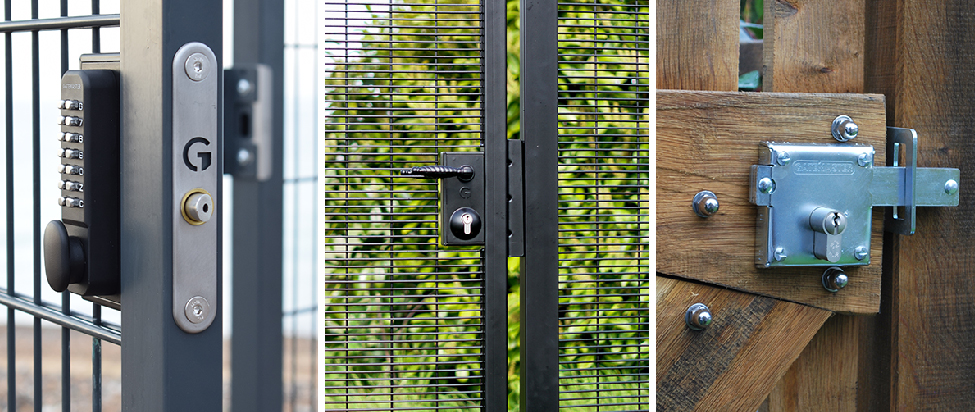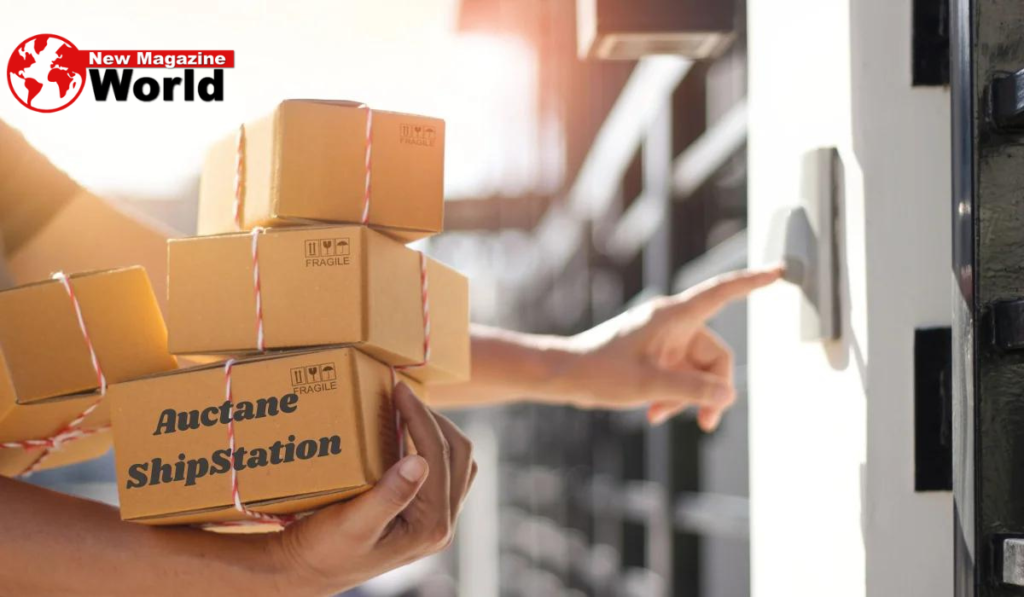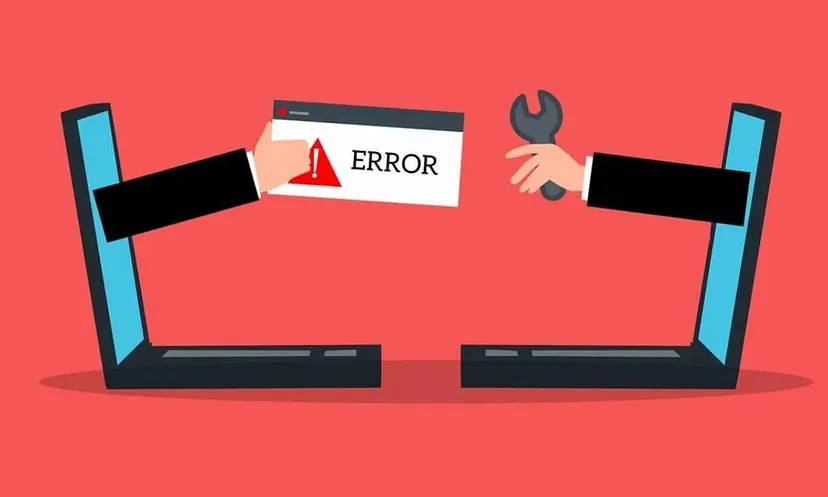Beyond Locks: Why 4 Sure Gates Are Essential
In the ever-changing security landscape, the methods and technology utilized to protect property and assets have undergone tremendous alteration. One such old technique is the 4 Sure Gates system, which has historically provided a strong foundation for regulating access and assuring security. As technology has grown, so have the tools and approaches used to improve these fundamental concepts. This essay looks into the notion of 4 Sure Gates and examines how current technology has transformed security standards.
Understanding 4 Sure Gates
The idea of 4 Sure Gates originated when forts, castles, and other important buildings needed to be secured. The idea is centered on four vital gates or checkpoints that must be passed to enter a protected area. As one advances through each level of security, each gate signifies an additional layer of protection, making unlawful entry more challenging. The following is an explanation of the conventional 4 Sure Gates:
- Outer Gate: The first line of defense, usually a physical barrier such as a wall or fence, is intended to dissuade casual visitors.
- Access Control Gate: This checkpoint normally requires some identity or credential verification before allowing or denying admission.
- Surveillance Gate: Here, security officers or surveillance systems watch activity to ensure that only authorized individuals pass through.
- Inner Gate: The last barrier, providing the highest level of protection and usually protecting the most precious assets or essential regions.
While effective at the time, these methods have been significantly improved by the incorporation of current technology, increasing their efficiency and reliability.
Modern Technology Transforms Security
With the development of new technologies, the 4 Sure Gates system’s principles have been augmented and altered, resulting in sophisticated and extremely effective security systems. Key technical developments have transformed each gate, making modern security systems more durable, adaptive, and resilient.
- Outer Gate: Smart Barriers and Perimeter Defense. Smart barriers and perimeter defense systems have taken the role of traditional walls and fences. It includes:
- Motion Sensors: Detect unwanted movement along the boundary.
- Infrared and Laser Sensors: Create invisible, non-invasive barriers that sound alarms when breached.
- Automated Gates: These gates, which are integrated with access control systems, can be configured only to allow approved vehicles and person admission.
Access control Gate: biometric and digital verification
The use of biometric and digital verification technologies, such as:
- Fingerprint and Retina Scanners: Allow for unique identification, practically reducing the possibility of unwanted access due to credential theft.
- Facial Recognition: Uses complex algorithms to identify people, improving security in high-traffic locations.
- RFID and Smart Cards: Enable smooth access while maintaining a digital record of entrances and exits for audit reasons.
Monitoring Gate: Advanced Monitoring System
Surveillance has advanced from simple camera systems to sophisticated monitoring networks that include:
- AI-powered cameras: Capable of detecting suspicious activity and notifying security staff in real time.
- Drones: Provide airborne surveillance, covering bigger regions and providing views that ground-based systems cannot.
- Integrated Security Systems: Combine video feeds with other sensors to get a complete picture of security incidents.
Inner Gate: High-Security Measures.
The last gate is protected with high-security measures, such as
- Vaults and Safe Rooms: Secured with innovative locking mechanisms such as biometric and time-delay locks.
- Access Logs and Audit Trails: Digital records that document all entries and exits, ensuring accountability and traceability.
- Emergency Protocols: Automated mechanisms that can shut down regions and alert authorities in the event of a breach.
Synergy of Tradition and Innovation
The combination of current technology and the classic 4 Sure Gates method reflects a convergence of historical knowledge and contemporary innovation. This combination guarantees a multi-layered, dynamic security approach that can respond to a wide range of threats and situations. Modern systems not only strengthen physical barriers but also use digital intelligence to anticipate and prevent security breaches before they occur.
Future Trends in Security Technology
Looking ahead, the future of security technology promises even greater progress. Artificial intelligence, machine learning, and the Internet of Things (IoT) are expected to transform security systems significantly. These technologies will allow for predictive analytics, automated responses, and more seamless integration of security measures into daily operations.
- Predictive Analytics: AI systems can identify patterns and predict potential security issues, allowing for preventative steps.
- Automated Response Systems: IoT-enabled equipment can automatically respond to security breaches, such as shutting doors or contacting authorities.
- Seamless Integration: Future security systems will be more deeply integrated with other building management systems, resulting in smart environments that are both secure and efficient.
Bottom Line
The transition from the 4 Sure Gates to modern security technology emphasizes the importance of ongoing development in protecting assets and properties. By combining traditional security’s layered approach with new technological breakthroughs, we may achieve unparalleled levels of protection and peace of mind. As technology advances, the future of security appears brighter, more resilient, and infinitely wiser.




Post Comment